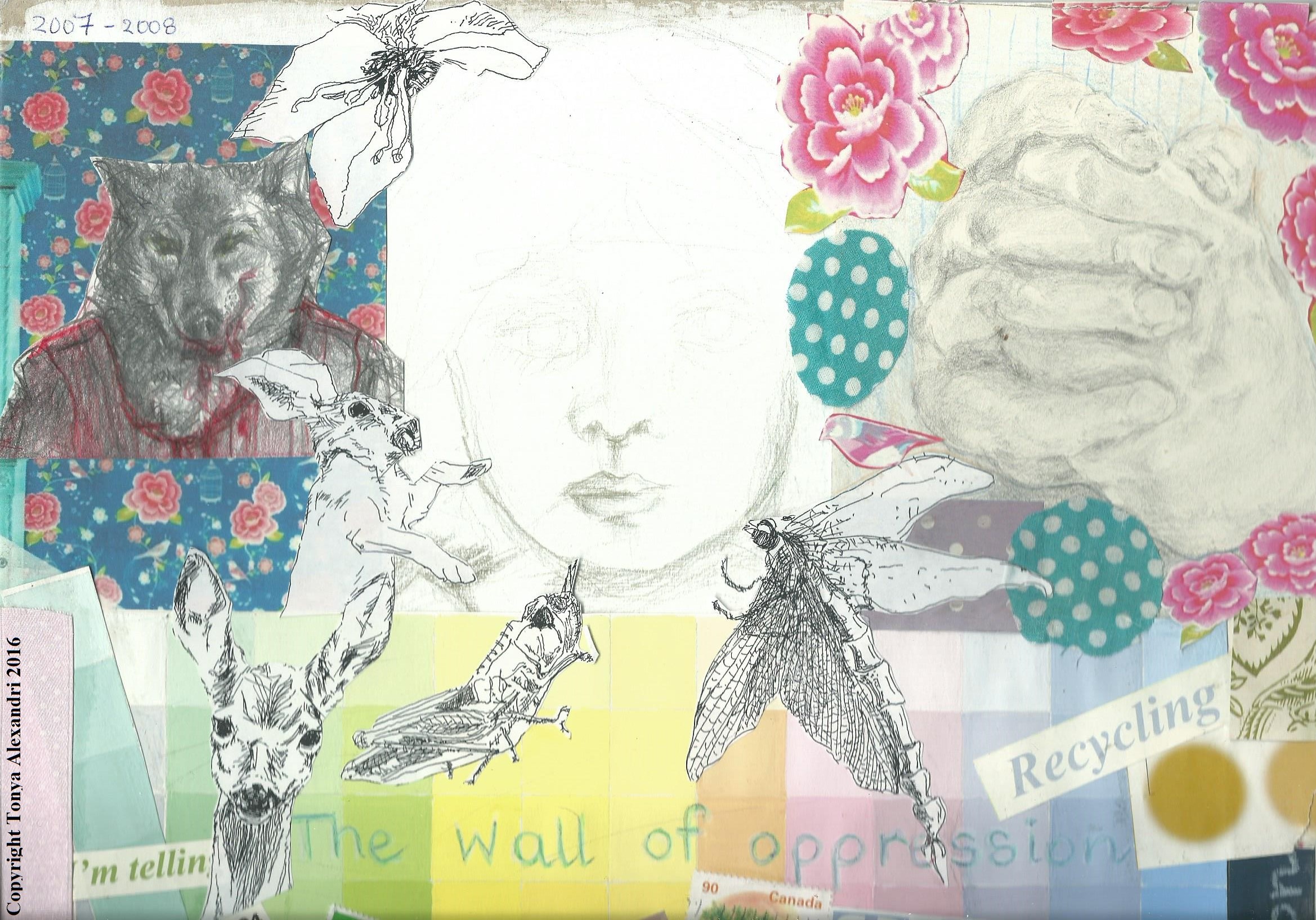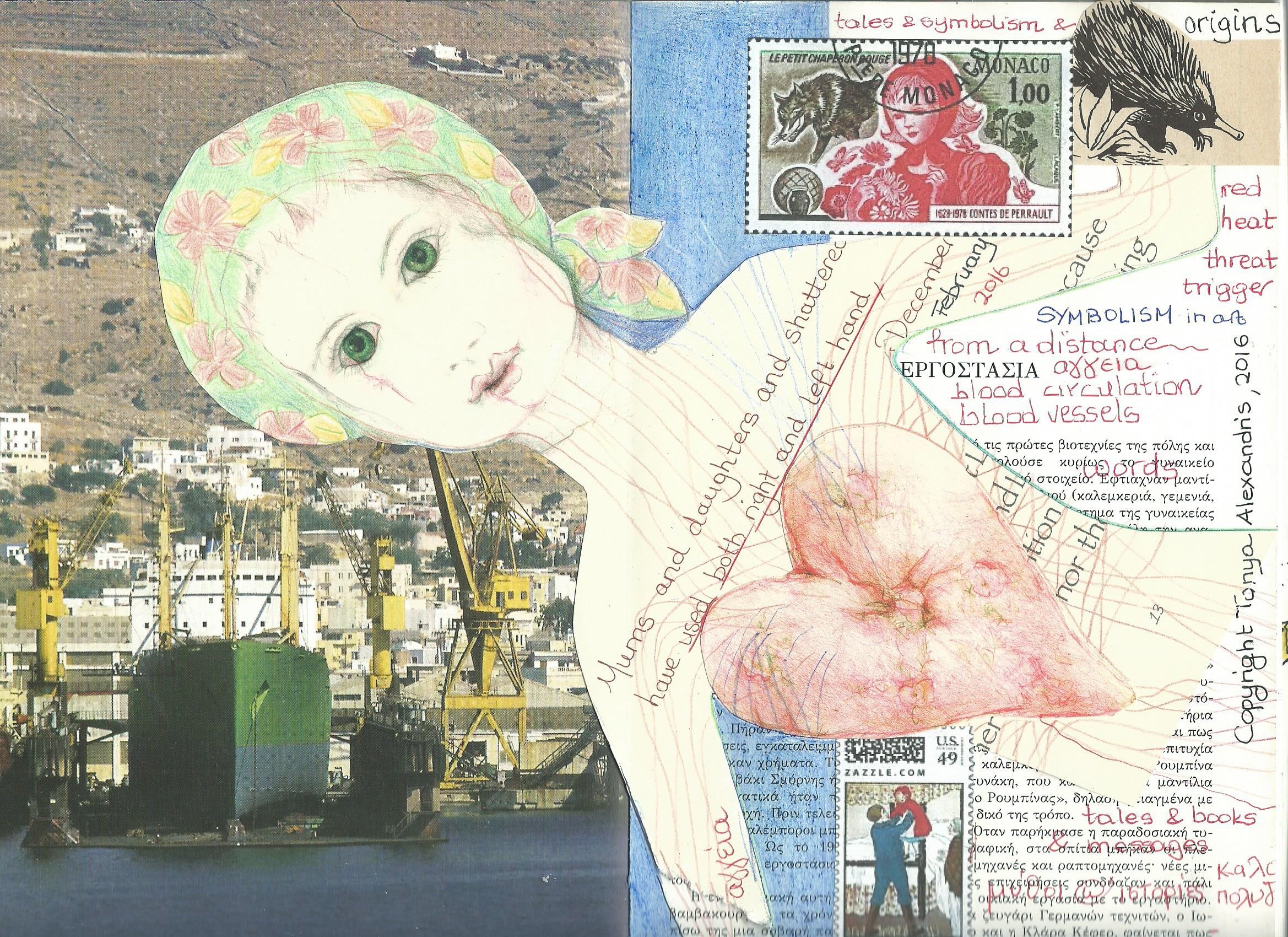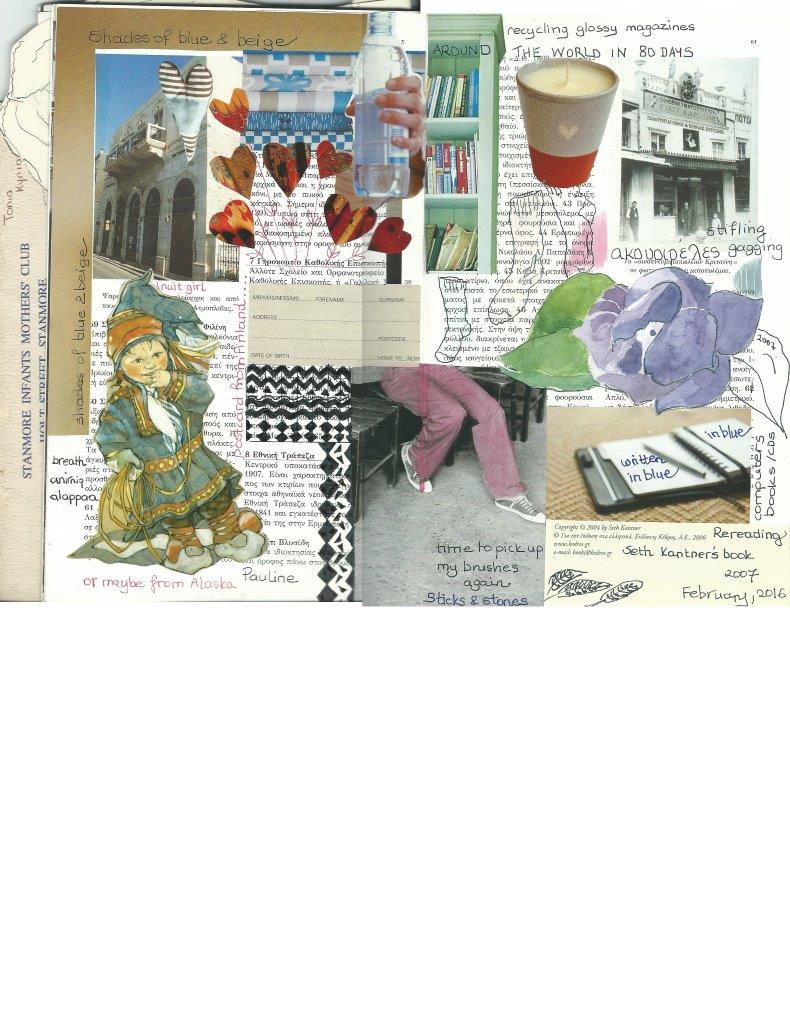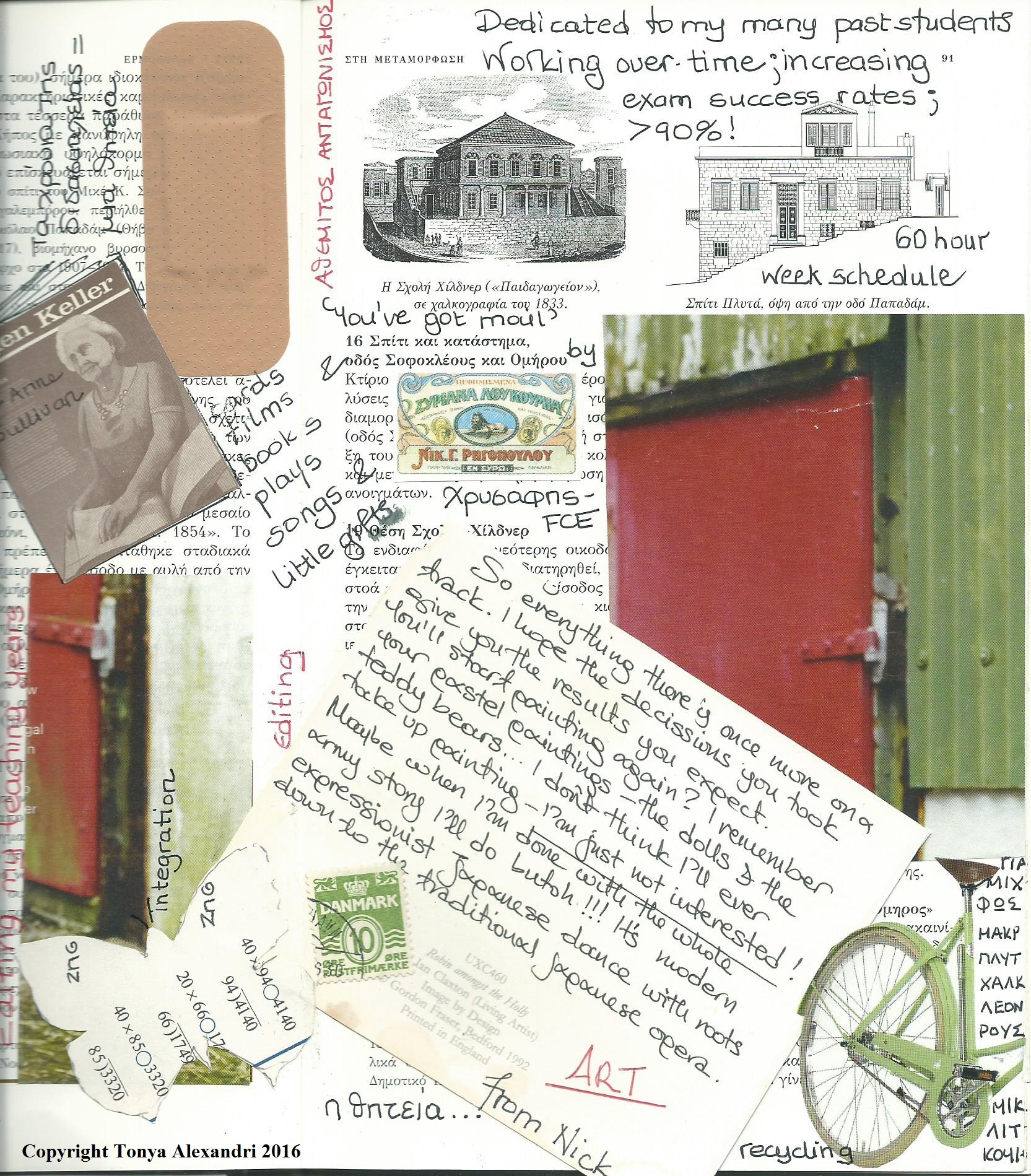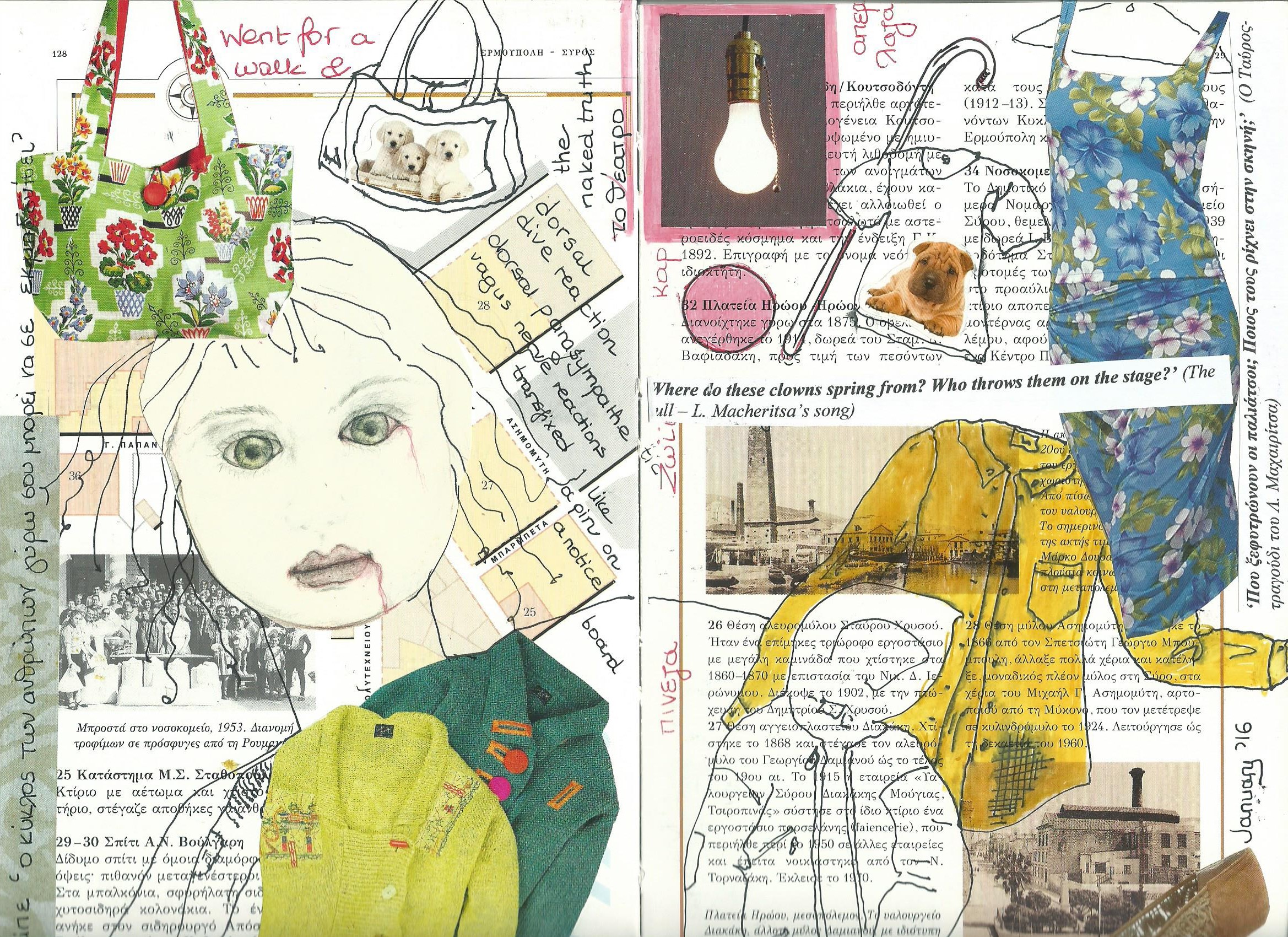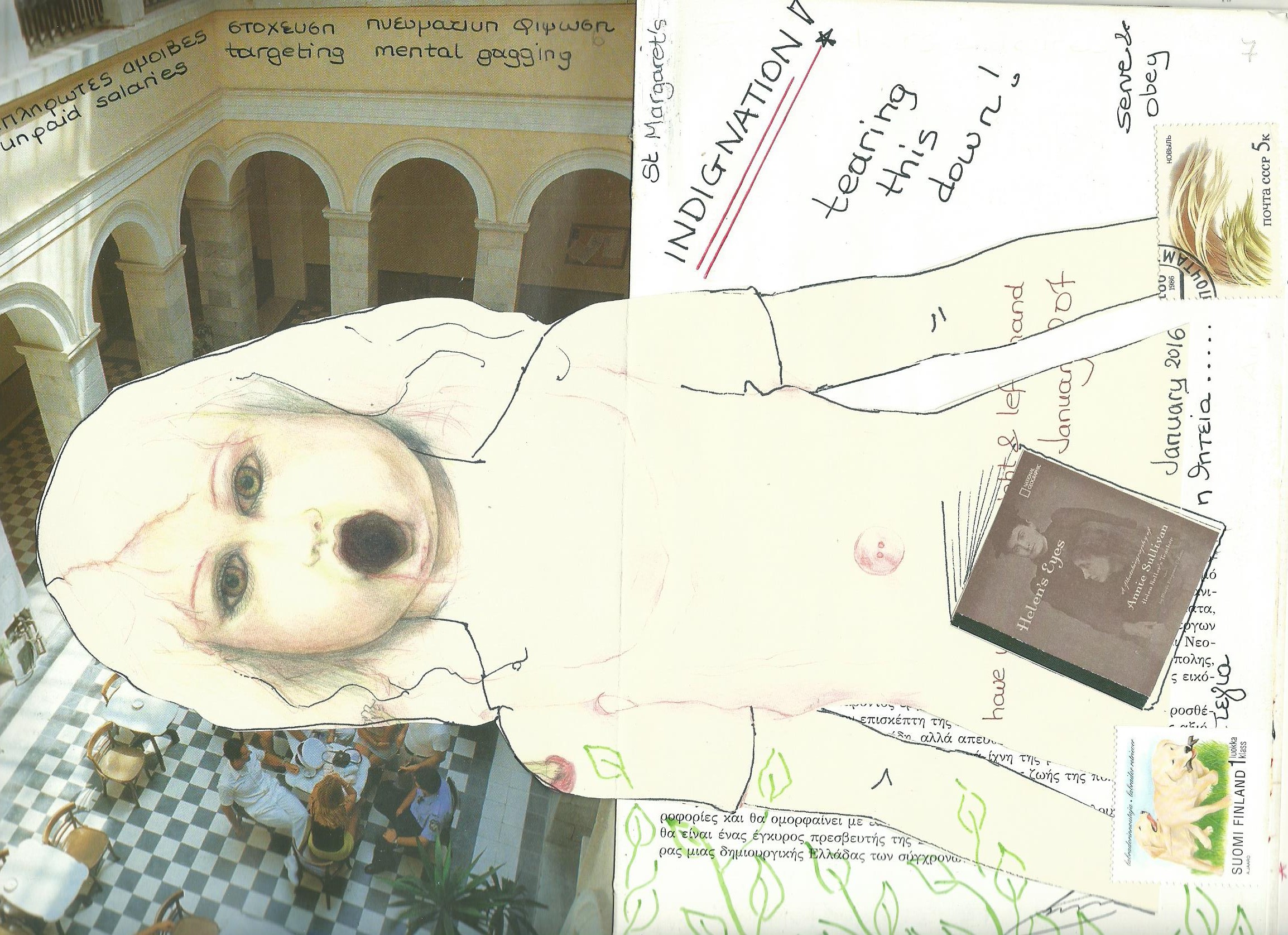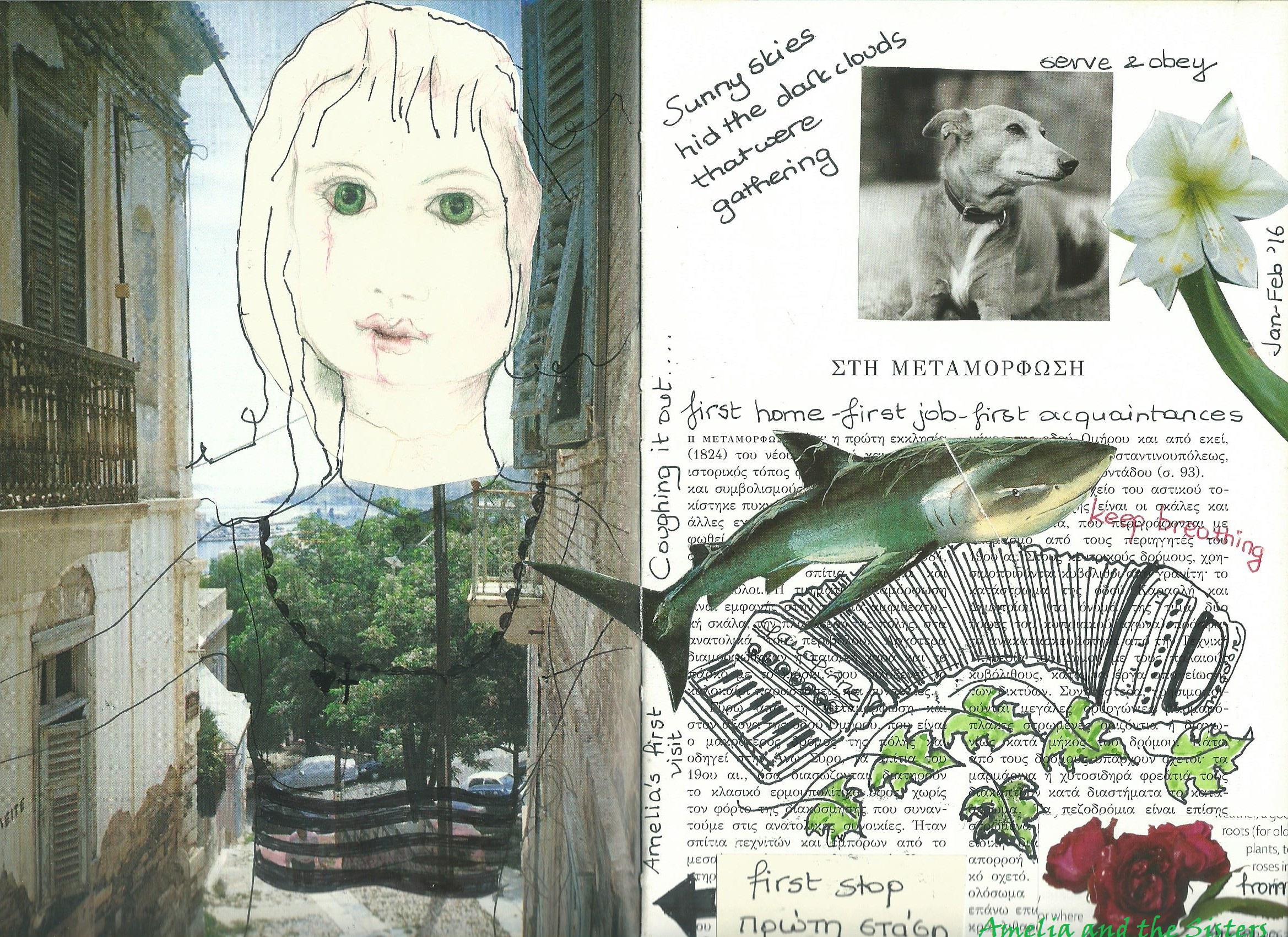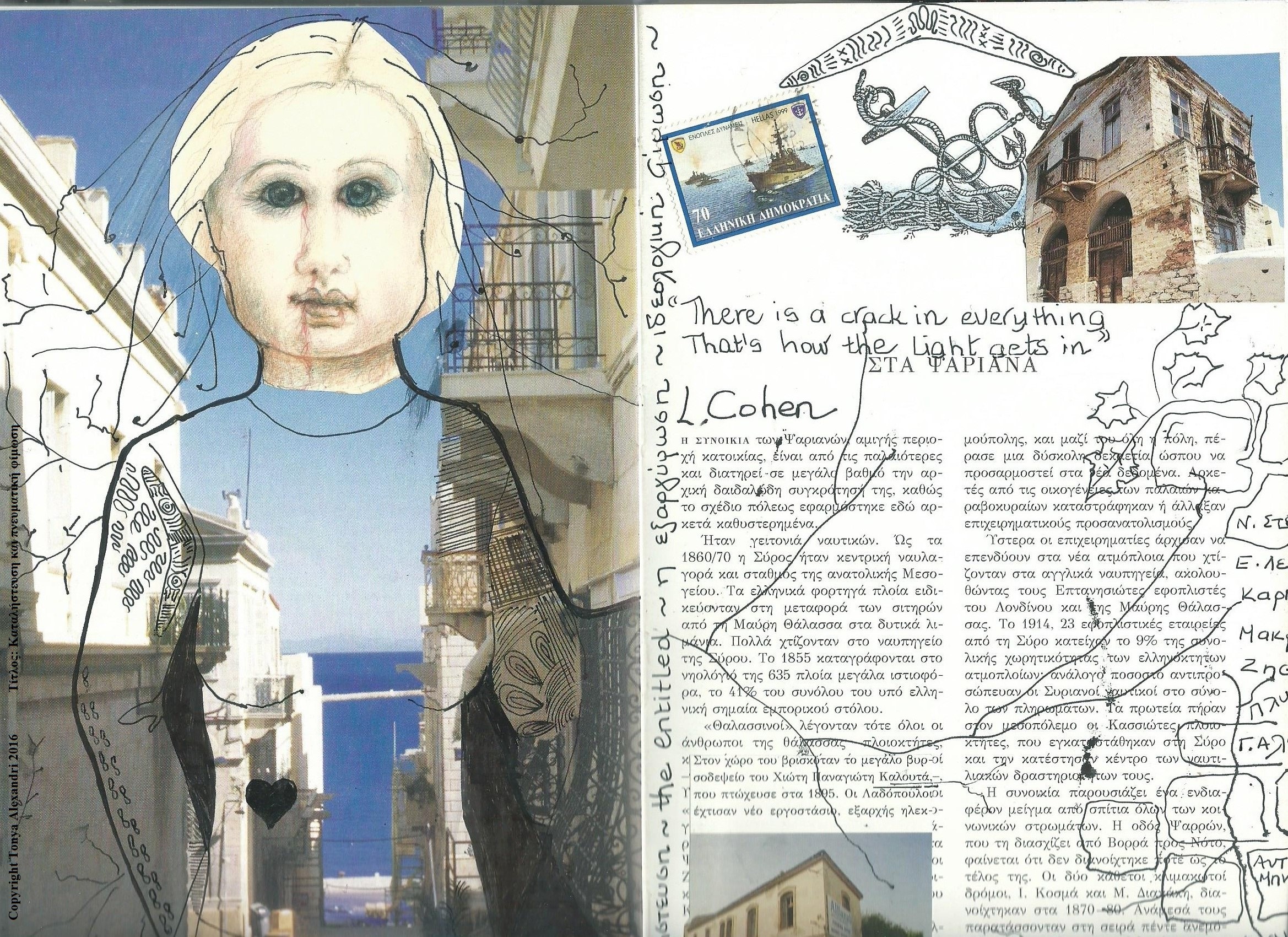Healing trauma and reprocessing material inevitably involves re-examining one’s childhood experiences, remembering, but mostly understanding and viewing events, past learning, stories and influences from a different place. Our childhood stories can be a rich and illuminating source of self-knowledge and awareness. Symbolism both in the stories of our childhood, as well as, in our art can potentially contain multiple levels of information that are really worth exploring. Art created at different periods reflect different depths of understanding and reveal different, complementary or even conflicting information. Fairy and folk tales also allow us to understand the social, cultural and religious dynamics of the period they were created. Many people in different fields have studied fairy and folk tales and it is fascinating to read how many levels of interpretations and understanding one can reach; however, exploring one’s own favourite stories or memories attached to childhood reading material can be very useful and can enhance our ability to re-create our own unique life narrative. Below are two samples of art journaling, with images of the story of Little Red Riding Hood, which reflect different levels of processing and understanding. One was created in 2007-2008 and the other a few days ago. The reason I am posting this artwork today is that while hiking with my husband and dog yesterday afternoon, we met a woman, wearing a red anorak type coat with the hood on her head and a big wolf like looking dog near our house, who asked us which way we were going. When I asked her why, she explained that her dog was aggressive. It somehow immediately reminded me of the particular fairy tale, which I initially found kind of funny. When I reached home I realised that only a few days ago I had included stamps of Little Red Cap in the altered book I am making. This was the name of the little girl in the original version of this story, before the child friendlier adaptation with the relatively happier ending, by the Grimm Brothers.
There is an interesting modern adaptation of Little Red Riding Hood by Smaragda Mantadaki – ‘The Tale of Little Whiteshoes’ (published by Kastaniotis) – where Little Red Riding Hood has now become a grandmother and the wolf is friendly and harmless.
“There was nothing any longer that the people of Dreamland could not feel or become. Their wishes came true every day in their life, because they were free and there was no fear in their hearts” (excerpt from Smaragda Mantadaki’s book).
Tonya Alexandri, February 7th, 2016

